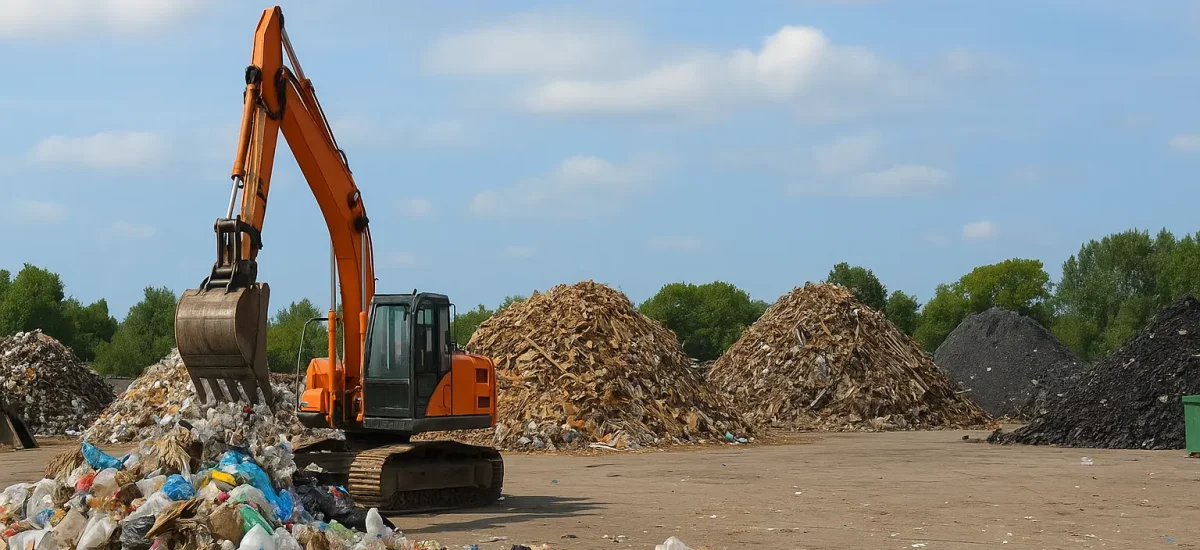I’ve run aqueous coal slurry at a small plant and out in the yard. It’s messy, heavy, and—honestly—not as scary as it looks. Think of it like a thick chocolate shake, but black and gritty. Coal plus water. That’s it. It flows, but slowly. It burns, but smoother than dry coal dust. And it kept the air way cleaner around my face. Anyone curious about the bigger-picture fundamentals can skim my earlier hands-on take on aqueous coal slurry for the baseline science. Peer-reviewed lab work backs up my shop-floor impression: a study in the journal Energies tracked how coal-water slurries burn more efficiently than dry pulverized coal under similar conditions.
Why I Tried It
We were testing fuel options for a small boiler line at a cement site. Dry coal dust made clouds. My throat hated it. So I moved to coal-water slurry. Less dust. Easier to store in tanks. No giant piles blowing everywhere. Seemed smart. That price drop was a big hook too—coal slurry fuel can be cheaper heat, though the flow gets tricky. Out at larger operations they ditch piles entirely and go with massive coal slurry impoundments, but my little setup stuck with a steel tank.
I ran it with a Lightnin top-entry mixer on a 5,000-gallon tank. We pushed it using a Moyno progressive cavity pump. Nothing fancy. Just solid gear that can handle thick stuff. That recirc loop isn’t a pipeline in the epic sense—if you want that story, see how I actually ran a coal slurry pipeline and even rode the Black Mesa line—but the principle’s the same.
First Taste: How It Feels to Work With
- It looks like wet asphalt.
- It smells mild, like damp rock. Not sweet, not sharp.
- When the pump runs, you get this slow thump in the line. It’s kind of calm.
- Cleanup is easier than coal dust. A mop and a squeegee go far. But it stains boots.
At the mine face it’s similar—coal-mine slurry behaves in plain words about the same—but you’ll catch a sharper sulfur whiff.
Here’s the thing: slurry likes to settle. If you let it sit, it gets chunky at the bottom. So we kept the mixer on low most of the day. We also ran a short recirculation loop before each shift. I know—extra steps. But it saved my nerves. I’ve walked the berms of a full-size coal slurry pond and the settling behavior is identical, just on a bigger, scarier scale.
For readers who enjoy unfiltered, first-person narratives—whether it’s about gritty industrial work or candid human moments—you might also like browsing these authentic sexting stories that turn private digital exchanges into insightful tales about communication, intimacy, and lessons learned.
If you’re one of the many maintenance nomads who land on short contracts around Arizona mining and cement sites, you know the off-shift hours can feel long. A lot of shift crews unwind by scanning the local personals on Doublelist Casa Grande where fresh, location-specific posts make it easy to line up a quick coffee, conversation, or casual meetup before the next dawn bell.
Two Real Weeks That Taught Me a Lot
Week one, it was cold. Like 28°F in the morning. The slurry came out thick, like oatmeal. The feed nozzle started spitting. Pressure climbed. I didn’t love that. We had heat tape on the line, but it wasn’t enough for the bend near the door. I cracked the bypass and let it recirculate for ten minutes while the heaters warmed that elbow. Then it settled down, and the flame stayed steady. Lesson learned: cold elbows bite first.
Week two, a hose clamp loosened during a switch to a new tote. The line burped. Black puddle on the floor. Not my best moment. But cleanup was still better than dry coal. No clouds. We threw down absorbent socks, scooped the heavy stuff, and wiped the rest. The floor stayed gray for days, though. My socks too. That little mess was nothing compared to the time I documented an actual coal slurry spill up close, but it reminded me how fast black water crawls; folks in Wales still scrub their kitchens after a bigger disaster—that story still haunts me.
What It Did for the Burn
I’m not throwing lab numbers at you. But here’s what I saw:
- Flame stayed steady. No wild spikes.
- Less dust in the air. My mask wasn’t black at lunch.
- Ash was damp and clumpy, which made shoveling easier. But it also stuck to the chute walls more.
Curious about what’s happening chemically? An article in the Journal of Hazardous Materials examined co-combustion of industrial coal slurry with sewage sludge and mapped how heavy metals behave in the flame—useful reading if you’re chasing air-permit peace of mind.
Does it light slower than dry coal? A bit. Once it’s going, it’s fine.
The Gear That Helped
- Pump: Moyno-style (progressing cavity). It didn’t mind the grit.
- Static mixer on the discharge. It kept the flow even.
- Lightnin tank mixer. Slow speed was enough.
- Heat tape on outdoor lines. Even a little heat made life easier.
You know what? The simple stuff mattered more than big tech. Good clamps. Fresh gaskets. A clean strainer. That’s what kept my day calm.
Pros and Cons From My Shift Notes
Pros:
- Way less dust. My lungs and laundry say thanks.
- Easy tank storage. No windy coal piles.
- Controlled feed. It’s smooth once warm.
Cons:
- Settling. If it sits, it’s a pain.
- Cold weather makes it thick and cranky.
- It stains. Skin, boots, floors, pride.
- Pump parts wear from grit. Plan for that.
If you’re wondering what to do with the leftovers, my write-up on coal slurry disposal breaks down the options that kept inspectors happy.
Who It Fits—and Who Might Skip
- Good for small plants that hate dust but still need coal.
- Cement kilns, older boilers, and test rigs can handle it with the right pump.
- If you need instant start and stop, or your setup hates thick fluids, it might drive you nuts.
I wouldn’t run this at home, by the way. It’s a plant thing. Keep it where you have real gear, drains, and folks trained to handle fuel.
Little Tips I Wish I Knew on Day One
- Keep the mixer on low when idle. Don’t let it nap too long.
- Warm the tight bends in the line first in cold weather.
- Check hose clamps after a pump kick. They loosen a hair and then spit.
- Keep a bucket and squeegee nearby. You’ll use them.
- Gloves and sleeves help. The black marks stick for days.
Safety Notes I Actually Followed
- I wore eye protection. Splash hits quick.
- Gloves saved my skin from the grit.
- We kept spill kits and absorbent socks in reach.
- Ventilation on. Even when it looked fine.
For more field-tested advice on keeping slurry operations safe and compliant, check out the resources at SludgeSafety.org.
My Bottom-Line Take
Aqueous coal slurry made my work area cleaner and my feed more steady. It’s not magic. It’s a thick, stubborn, useful fuel that likes a little heat and a little motion. Treat it like a slow-moving team member: keep it warm, keep it stirred, and don’t walk away for long.
Would I use it again? Yep. For the right plant and setup, it’s a solid choice. And my lungs are still grateful.

